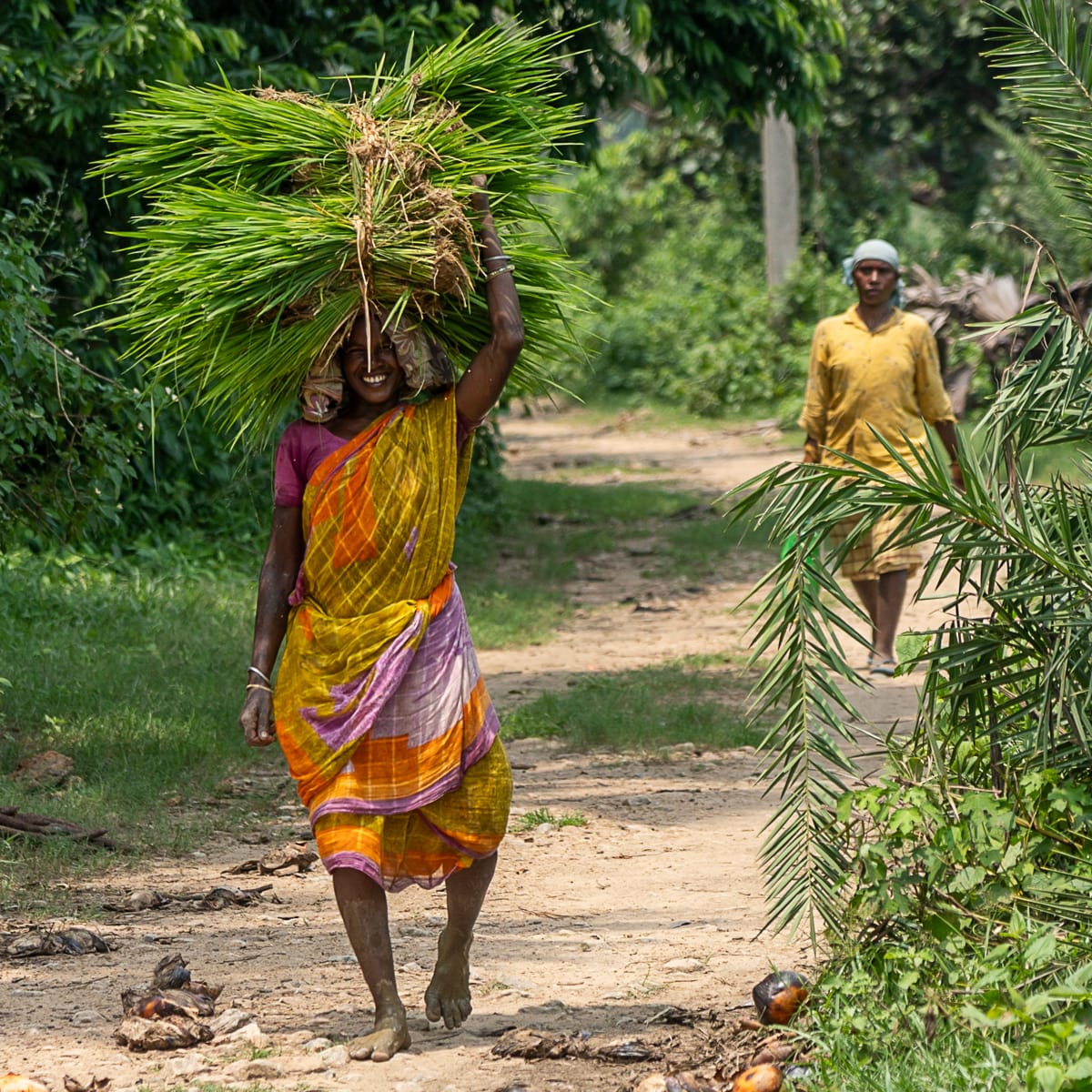I just finished reading a report. AIR QUALITY AND VULNERABLE GROUPS: AN AGENDA FOR INCLUSIVE AND JUST ACTION reported by the Centre for Science and Environment (CSE). The report focuses on India with relevant global references. I am sharing the report for you to read and archive for our future reference.
I’d like to give you a brief note. I wanted to broadly highlight two aspects so that we are on the same page as we read this report.
ONE. The impact of climate change on One Health, the trinity of human, animal and environmental health. Disasters. Diseases. Displacement of populations.
TWO. The complexity of E-sustainability in terms of sustainable development goals. Efficiency. Economics. Environment.
Now comes the characteristics of vulnerability concerning the environment.
The usuals. Age. Gender. Geography. Socioeconomics. Nutritional status.
Two specific criteria. Occupational exposure and proximity to pollution sources. As we read this report together, let us keep all these characteristics of vulnerability in mind.
In a different context, I remember a health worker in Uttar Pradesh telling me something that I have not forgotten thereafter. During the launch of the Japanese Encephalitis Vaccine in 2006 in Gorakhpur, we were having tea one summer afternoon. I asked her if she was excited about the new vaccine and that it would protect so many lives. She nodded affirmatively and then said (in Hindi),
“Vaccines are the only chiz (good) that we can offer. The other things that they need to live well are not in the government’s agenda.”
There was a sense of frustration in her voice, and we talked more. She spoke of access to care and about community awareness about the disease. On that summer afternoon, it seemed like a dream. But I can say today that dreams come true. As it happened with the Dastak movement of Chief Minister Yogi and support by partners like PATH and UNICEF with the Acute Encephalitis Treatment Centre that brought high-quality treatment and care closer to the community.
I referred to this context because there is a perception (and not all perceptions are wrong, as my classmate used to say—if I think of something, then there is something) that when the government acts on something with vigor it is because they cannot work on something at all. I am saying this with context to the below paragraph from the Center for Science and Environment Report.
For instance, in Delhi, it is easier to stop trucks and construction than impose restrictions on cars and create space for buses during pollution episodes during winter. Such gentrification of air pollution solutions may impede the rolling out of more holistic solutions. Some solutions may even lock in funds that do not equitably address the exposure risk of all, including vulnerable communities. The clean-up action has to become more inclusive, otherwise, vulnerable groups that are often the majority may lack the power to negotiate solutions that will reduce their risks.
Please read this report with me. It is a very important report with data and with a positive tone of criticism that enables government, policymakers, and policy influencers to act on evidence.
Saving our Planet, lifting people out of poverty, advancing economic growth… these are one and the same fight. We must connect the dots between climate change, water scarcity, energy shortages, global health, food security and women’s empowerment. Solutions to one problem must be solutions for all.
Ban Ki Moon
8th Secretary General, United Nations

Leave a Reply